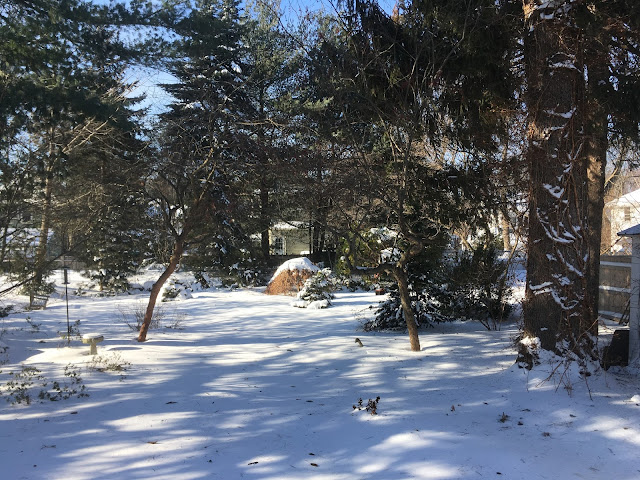 |
| Flowers gone to seed used to get chopped down |
The idea was that this would prevent insects from overwintering. Now I want insects to overwinter, both beneficial insects and some of the leaf eaters that feed them. Pollinators such as queen bumblebees need dead plants to hide under during winter. Persisting fruits and seeds provide food for birds.
 |
| Winter forage for birds |
A side benefit of this approach, I’m finding, is that the seed heads left standing can be pretty. With the leaves down, the fine details of these holdouts become more noticeable. Some plants, such as clematis, are known for their beautiful seed heads, but as I look more closely, I notice that many winter survivors have beautiful architecture.
 |
| Clematis after flowering |
There are several shrubs whose red fruits persist through the winter, offering welcome bright spot in the drab brown and gray landscape. I like to snap close-up photos at this time of year. Here are some winter sights I’ve enjoyed.
 |
| Spiraea |
 |
| Clethra |
 |
| Winterberry |
 |
| Pine cones |
I'm holding out for spring too. I hope to be back up to speed in a couple of weeks.



















